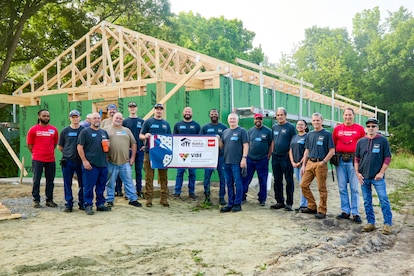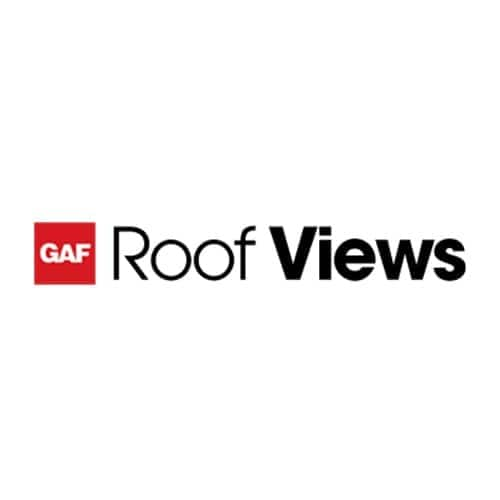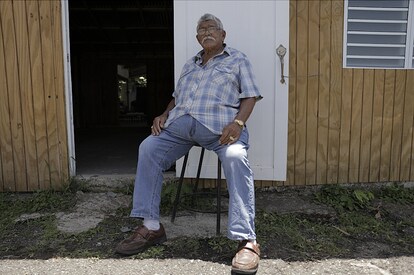These days, sustainability is a common term in the construction and architectural industries, found in discussions in trade magazines, professional journals, as well as in sales and advertising materials. Despite this, even many professionals are not certain about what characterizes truly "sustainable" buildings or what practical steps they can take to make them a reality. In this article we provide an overview of some useful frameworks, as well as the major topics, for building owners to consider when developing a sustainable building strategy.
Using Guidelines such as LEED and the Living Building Challenge
One of the most useful guides to practical action is the LEED rating system, which provides a framework (attached to a points rating system) that defines sustainable buildings as those that help:
Reduce contributions to global climate change
Enhance individual human health
Protect and restore water resources
Protect and enhance biodiversity and ecosystem services
Promote sustainable and regenerative material cycles
Enhance community quality of life
Initiatives such as the LEED certification provide green building standards that can help building owners focus on sustainable thinking around topics such as rainwater management, heat island reduction, water efficiency, energy optimization, and low-emitting materials. A deep dive into the topics covered by LEED standards — and how to meet their certification criteria — is covered in the GAF Green Building Playbook. For instance, building owners can leverage their roof to contribute to stormwater management which not only contributes to LEED points but also allows owners to capture rainwater for reuse with irrigation or flushing toilets.
The International Living Future Institute's Living Building Challenge green building rating system has seven performance categories (place; water; energy; health + happiness; materials; equity; and beauty) similar to those used for LEED certification, and provides a particular focus on material health through its Declare label. Products with a Declare Label designation of Red List Free or Red List Approved do not contain any chemicals on the "Red List," a list of "worst in class" chemicals that could potentially be harmful to human health or the environment. GAF is proud to be the first and only roofing to manufacturer to hold a Declare label for single-ply roofing (EverGuard® TPO and EverGuard Extreme® TPO), as well as a Declare label for an entire roofing system (EverGuard® Fleece-Back TPO, EnergyGuard™ NH Polyiso Insulation, and Olybond500™).
Rethinking Buildings as Sustainable Systems
While initiatives such as LEED and the Living Building Challenge provide a solid foundation, meeting even a few of these abstract-sounding targets with concrete initiatives can be a complex undertaking, requiring granular knowledge and proven strategies. Challenges range from finding appropriate products that meet LEED certification requirements to making measurable estimates of the effect these products will have on a building's carbon footprint over time. A big factor in making the right sustainable product choices also involves a shift in how many building professionals view buildings themselves.
A good way to make that shift is to consider buildings as holistic sustainable systems—with inputs and outputs—and to use the results of this exercise to inform your choice of the most appropriate products. Factors to consider for inputs for your roofing choices might include building location and the impacts of typical weather conditions on your choice of roof. Outputs might be ways of minimizing waste, like choosing durable materials that will not require replacement in the short term.
Thinking of buildings in this way makes it much easier to consider the products and approaches needed to improve environmental impacts: "Listen to the building," Jennifer Keegan, Director of Building and Roof Science at GAF, urges. "What does the building tell you it needs?" Factors such as occupancy use, location, and environmental elements all play a role in deciding what roofing membranes to use and how to drive greater sustainability. Once you have some of this data, you can begin applying sustainable strategies that help you make the most effective product decisions.
Carbon Footprint and Product Choice
A major source of product-decision data can be gleaned from the two core measures of a building's carbon footprint: embodied carbon and operational carbon. Knowing the difference is important, particularly as — according to the World Green Building Council — buildings account for 39% of global energy-related carbon emissions worldwide. Operational emissions make up 28% of that total, while the remaining 11% comes from materials and construction.
1: Embodied carbon: These are the carbon dioxide emissions associated with materials and the initial construction process. This includes the manufacturing, transportation, installation, and waste management associated with building materials.
2: Operational carbon: By far the largest factor in a building's footprint, these are emissions produced by the building's operations—such as heating, cooling, electricity, and waste disposal—which will be a consideration for the entire life cycle of the structure.
These two components involve different cost calculations on the part of the building owner. Companies like GAF try to help building owners improve sustainability on both sides of the carbon footprint equation, first by helping reduce the emissions caused by the initial manufacture and installation of the products themselves, while long-term operational carbon emissions can be lowered through product-based strategies that deliver ongoing benefits — such as increased roof reflectivity and polyiso insulation to reduce a building's energy consumption over its life cycle.
Sustainability as an Investment Strategy
When considering ways of reducing environmental impacts, it's helpful for building owners to think of energy-efficient initiatives as being part of a long-term investment strategy. While lowering embodied carbon can be relatively straightforward — such as using more sustainably optimized materials and processes in the construction process — reducing operational carbon-related impact can be more difficult. (Occupants will expect their building to be heated and cooled year-round, rather than having these functions reduced or shut down, after all.)
This is where strategic investment thinking comes into its own: what product choices and changes could deliver cumulative energy-efficiency benefits and cost-savings over the life-cycle of the building? One PIMA study suggests that a measure such as energy-compliant roof replacement could be a good approach, for example. Another route might be reflective roofs, which can have a large influence over air-conditioning loads by reflecting up to 80% of the sun's rays and hugely reducing energy consumption. Effective, sustainable insulation can be another excellent way to increase the energy efficiency profile of a building while delivering cost savings. In this way, operational carbon reduction measures can be part of a sustainability investment strategy model that forecasts cumulative financial returns for both the owner (via energy savings) and for the environment (via carbon reduction).
Wherever you are in your current approach, the good news about developing a sustainable roofing strategy for your building or construction project is that companies such as GAF, and organizations such as LEED and the Living Building Challenge, are fully on board with innovative products and thinking to help you make the most cost-effective choices for the most beneficial effects. This means it's getting easier all the time to be part of a global effort to develop buildings that help promote healthy and prosperous communities in an environment that is safeguarded for generations to come.
Further Information
For professional advice on sustainable products and strategies, complete the GAF interest form and a representative will be in touch.
To get the latest on GAF's thinking on sustainable roofing, including future trends as well as present initiatives, check out the 2021 GAF Sustainability Report. For information on innovative projects and products in the field, visit the dedicated GAF Sustainability page.




